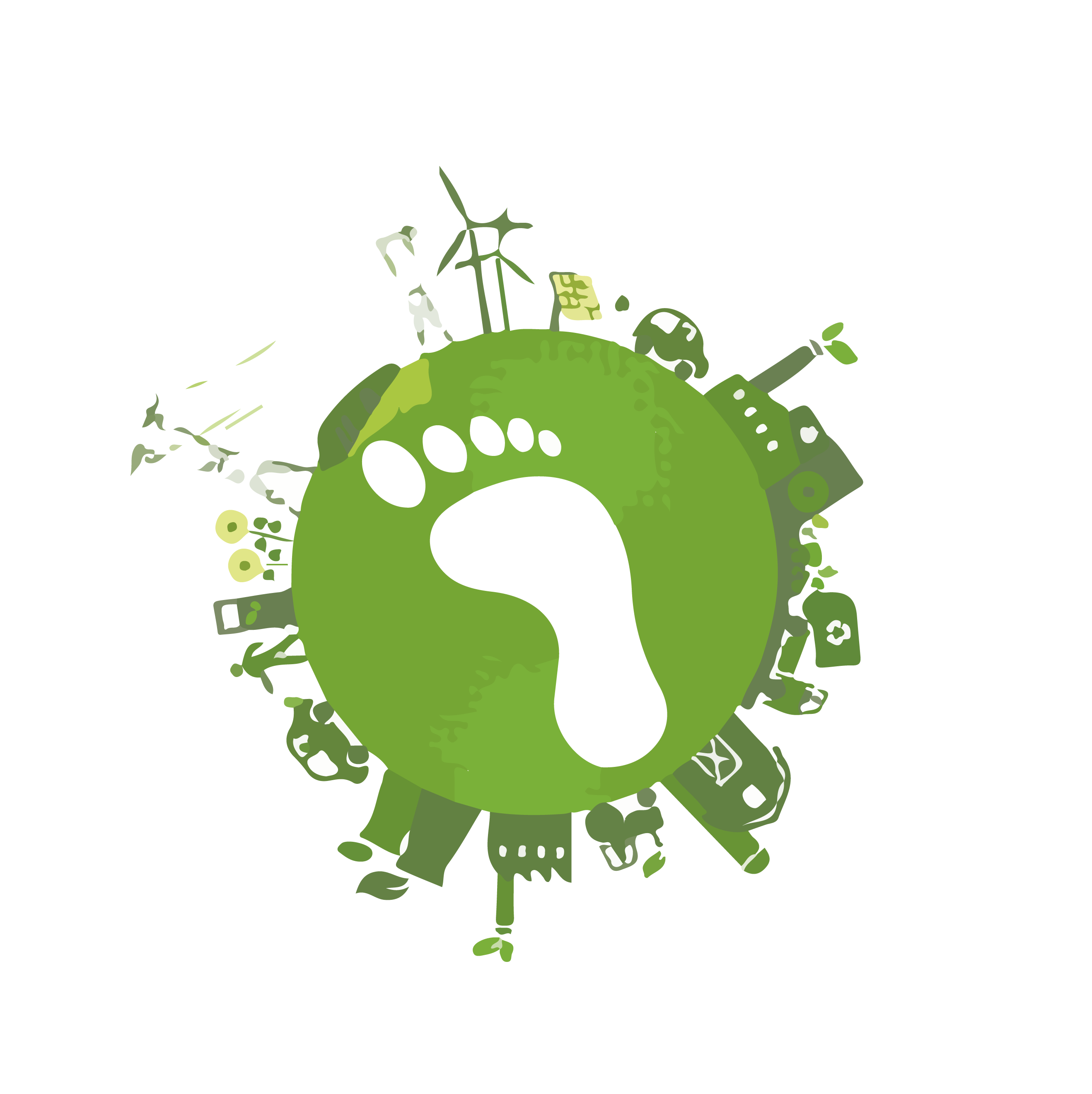

This website was created for a project for the course GEO878 Geovisualization at the University of Zurich in the Spring semester 2020. The goal of the project was to create a website including a build in map for visualize our research. The main topic of the project was Ecological Footprint.
The ecological footprint measures how much nature we have and how much nature we use – or in other words, it measures demand on and supply of nature.
On the demand side, the Ecological Footprint measures the ecological assets that a population requires to produce the natural resources it consumes and to absorb its waste, especially carbon emissions. The Ecological Footprint tracks the use of six categories of productive surface areas: cropland, grazing land, fishing grounds, built-up land, forest area, and carbon demand on land.
On the supply side, a country’s Biocapacity represents the productivity of its ecological assets (including above mentioned productive surface areas). These areas, especially if left unharvested, can also absorb much of the waste we generate, especially our carbon emissions.
Both the Ecological Footprint and Biocapacity are expressed in global hectares - globally comparable, standardized hectares with world average productivity.
In our project we used country-wise ranking to measure Ecological Footprint and Biocapacity for 189 countries. The data from 1961 to the 2016 year were analyzed. By using Ecological Footprint, we calculated and displayed on the map how many planets every country needs, based on their demand of nature.
The data used for the web-application were taken from the following sources:
National Footprint and Biocapacity data
World Countries Boundaries (ESRI shapefile)
The statistical data is provided by Global Footprint Network. The dataset contains the annual values of the Biocapacity, Ecological Footprint, Human Development Index, Gross Domestic Products, area of Cropland, Grazing land, Fishing grounds, Built-up land, Forest area, and carbon demand on the land of every country. The data were downloaded by REST API in JSON data format and then structured by using Python (NumPy). Further data preparation and publishing were provided by means of ESRI products (ArcGIS Pro, ArcGIS Online, WebApp Builder).
Cartographic elements:
Choropleth map:
For visualizing our data, we used the Choropleth Map, which was used to represent statistical data through various shading patterns on predetermined geographic areas (i.e. countries). They are good at utilizing data to easily represent the variability of the desired measurement, across a region.
Colors and number classification:
We decided to use a color transition scheme, since the visualized data has just one thematic aspect, which goes from a low to a high relative amount. For the “Earth Map” the choice of the color transition from green to violet has the following reasons: if country demand on nature is around one Earth or less, then it is considered as a positive factor and at the map is visualized in green color. If the country consumes more than it’s biocapacity, then it is an alarm signal and at the map are visualized darker or lighter violet.
For the Biocapacity and Ecological Footprint ration map we chose the color transition from sand yellow to grey-blue. Countries in which Biocapacity per capita exceeds Ecological Footprint per capita
Basemap and Projection:
For our project need we used a simple light grayscale base map with toponyms on it. We found it perfect for our map, since the grey color does not disconcert with our choropleth map. The projected Pseudo-Mercator coordinate system, which takes the WGS84 coordinate system and projects it onto a square, for the whole base-map including the polygon-layer of the World countries were used. This projection is also called Spherical Mercator or Web Mercator.
Literature
The literature used for the background information provided on the website are taken from the following sources:
United Nations, Sustainable Development Goals
The One Planet Alliance
Global Footprint Network
Images
The Image on title page used in this website is taken from the following source:
Link to Image
Web Design
HTML and CSS: Help and Templates from W3Schools
Authors of Project:
Simon Hirschhofer
Dace Kirsteina
Simon Hirschhofer and Dace Kirsteina are master's students of geography at the University of Zurich.